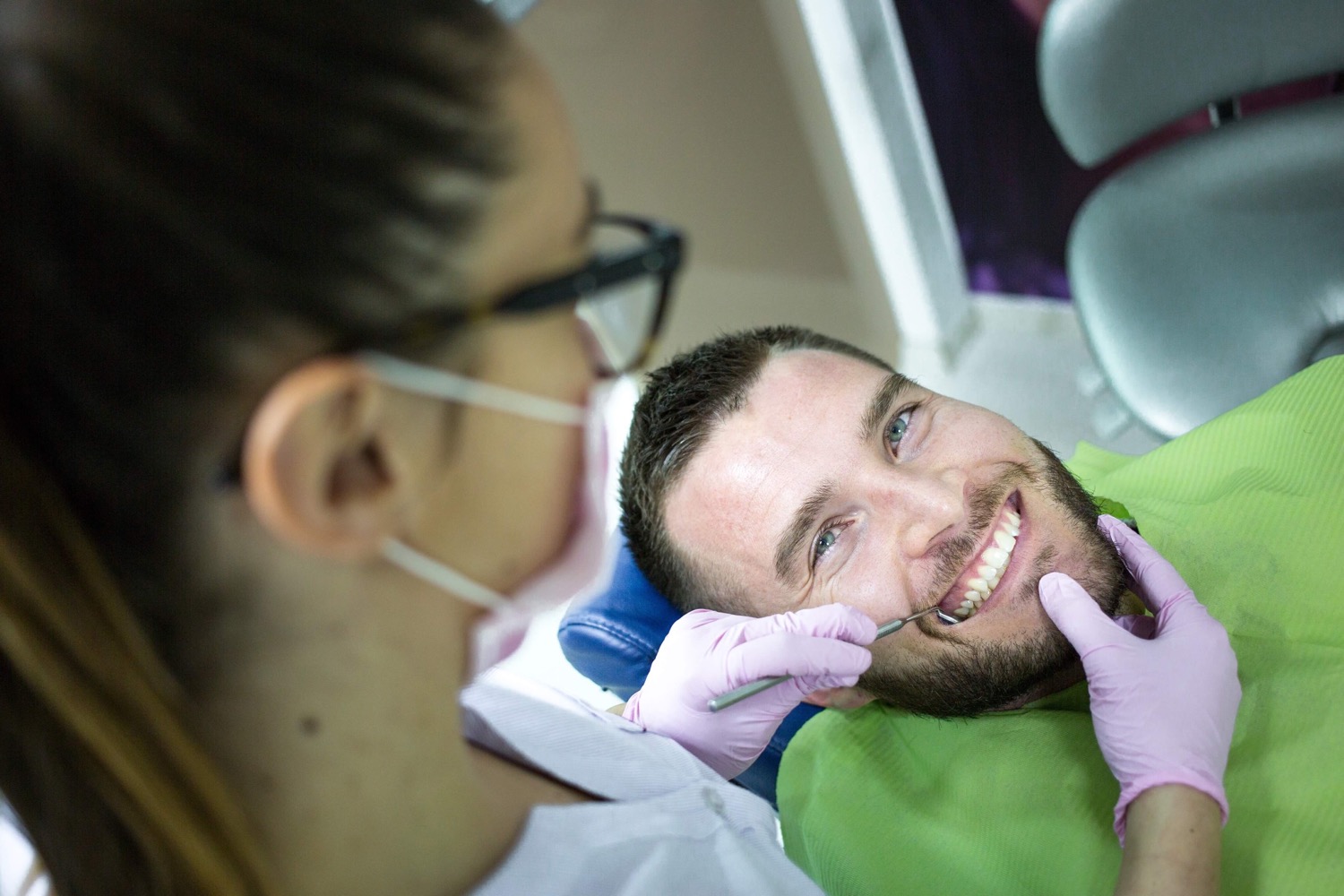The Difference Between Brackets and Braces in Orthodontics: What You Need to Know
- Dr.Nineska STUDIO DENTISTICO
- Feb 21, 2023
- 2 min read
Updated: Oct 24, 2023
Do you want to straighten your teeth? Orthodontic treatments such as brackets and braces are a popular and effective way to do this. While they both involve the use of metal hardware to move teeth into the desired position, there are some important differences between the two. In this article, we will discuss the difference between brackets and braces in Orthodontics, so you can make an informed decision about the best treatment for your individual needs.

The Difference Between Brackets and Braces in Orthodontics: What You Need to Know
Braces and brackets are two of the most common orthodontic treatments used to help straighten teeth. Both involve the use of metal hardware to move the teeth into the desired position, but there are some important differences between the two.
Brackets are used to attach the orthodontic wires to the teeth. They are small metal or ceramic squares that are bonded to the front surface of each tooth.
Brackets can be made from different materials such as stainless steel, ceramic, or plastic. They come in a variety of shapes and sizes to fit each individual tooth.Braces, on the other hand, are metal bands that are placed around the teeth to hold the orthodontic wires in place. The bands are usually made from stainless steel and can be adjusted for a better fit.
Braces are usually placed on the back of the teeth, and they can be adjusted to provide a more comfortable fit.
The main difference between brackets and braces is that brackets are attached to the teeth, while braces are not. This means that braces are more comfortable to wear as they do not have to be adjusted as often as brackets. Braces also provide more stability and control during the orthodontic treatment.
In addition to the differences between brackets and braces, there are also different types of braces available. Clear braces are made from plastic and are almost invisible, making them more aesthetically pleasing than traditional metal braces. Other types of braces include lingual braces, which are placed on the inside of the teeth, and self-ligating braces, which use a special clip system to help move the teeth into position.
No matter what type of orthodontic treatment you choose, it is important to consult with your orthodontist to ensure that you get the best results. Brackets and braces both have their own advantages and disadvantages, so it is important to discuss which treatment is best for your individual needs. With the right orthodontic care, you can achieve a beautiful and healthy smile.




Comments